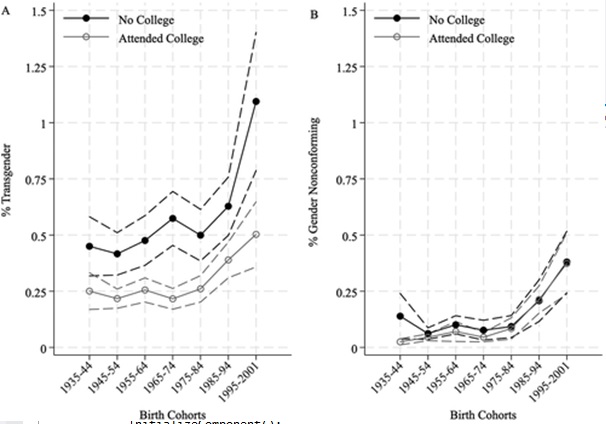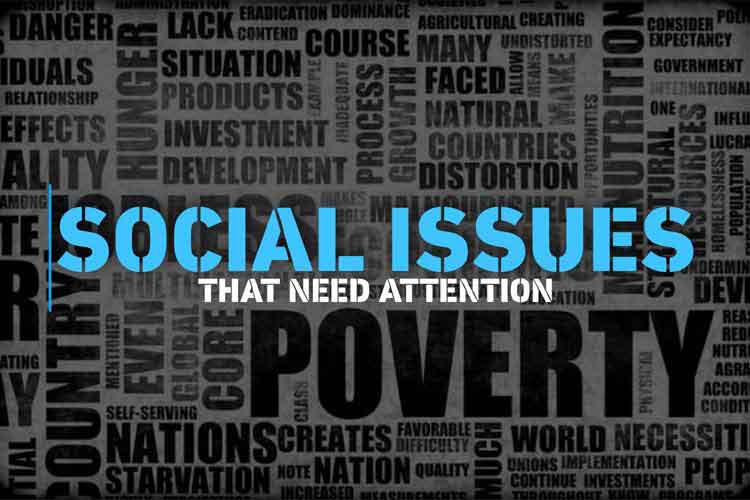Etymology of the word “Transgender”
Definition: Designating a person whose sense of personal identity and gender does not correspond to that person’s sex at birth, or which does not otherwise conform to conventional notions of sex and gender. (Although now typically used as an umbrella term which includes any or all non-conventional gender identities, in wider use transgender is sometimes used synonymously with the more specific terms transsexual or transvestite).
Oxford English Dictionary Online: https://www.oed.com/viewdictionaryentry/Entry/247649
Timeline of the word’s coinage and usage:
| 1965 | Dr. John Oliven proposed that the term transsexualism be replaced by the term transgenderism, arguing that the concept of sexuality could not account for the “all-consuming belief that [transsexuals] are women who by some incredible error were given the bodies of men.” | |
| 1969 | Virginia Prince coined the word Transgendral as a means to name the specific behavior of living full time in a chosen social gender role different from that typically associated with birth-assigned sex, without undergoing genital sex-reassignment surgery. | |
| 1974 | Drs. Robert Hatcher and Joseph Pearson used “transgender” as a term for operative transsexuals. | |
| 1975 | Transvestite/transsexual groups began using “transgenderism” as a term inclusive of transsexuals and transvestites | |
| 1976 | Ari Kane, a contemporary of Prince and gender-variant leader on the East Coast, used the term transgender in the same fashion as Prince. | |
| 1984 | TV-TS Tapestry magazine featured an article recounting the importance of a “transgender community,” in which “transgender” was used as an umbrella term inclusive of transsexuals and cross-dressers. | |
| Mid-1980s | “Transgender” had been used multiple times — in medical, pop-culture, and trans community sources alike — as an umbrella term inclusive of transsexuals, cross-dressers, and other gender-variant people. | |
| 1990s | Transgender has now become an umbrella term encompassing transsexual, cross-gender, full time or part time dresser, reversed sex, transvestite and any other form of gender non-conformity. |
Duke University Press, Transgender Studies Quarterly: https://read.dukeupress.edu/tsq/article/1/1-2/232/91833/Transgender
Transsexualism: Where the compulsive urge reaches beyond female vestments, and becomes an urge for gender (“sex”) change, transvestism becomes “transsexualism.” The term is misleading; actually, “transgenderism” is what is meant, because sexuality is not a major factor in primary transvestism. Psychologically, the transsexual often differs from the simple cross-dresser; he is conscious at all times of a strong desire to be a woman, and the urge can be truly consuming. He is repelled by his own masculinity and may loathe everything that reminds him of it – his genitalia, his voice, his clothes, his work or his name. Many believe that they are women who by some incredible error were given the bodies of men; they are firmly convinced that they are the “victims of a cruel fate,” a “joke of nature.” Such patient will resits strenuously any organic or psychiatric attempt to restore his masculine identity, but he will try anything that holds out the faintest hope of producing an appearance in conformity with his “real self.” He may canvas physicians, hospitals or clinics about “conversion” operations; surgeons known to have performed “sex-changing” surgery have found their mail swelled with requests for help from many parts of the world, many, of course, by cross-dressing passive homosexuals, but a fair percentage by desperately pleading primary transvestites who may also employ pseudoscientific reasoning, or even threats of suicide. These transvestites have turned to veterinarians and to abortionists with their requests for castration and a few, to “force the surgeon’s hand,” have crudely amputated all or part of their scrotum. However, others have mutilated themselves in an extreme near-psychotic panic state.
An excerpt taken from Sexual Hygiene and Pathology, 1965 by John F. Oliven, MD.
The American Journal of Sociology (Volume 128, Number 1 July 2022) documents the rising popularity of transgender and gender non-conformity in the following chart:

Using a probability-based sample from 39 U.S. states from a general health survey, the author evaluates popular claims of a “transgender tipping point” by estimating probabilities of identifying as transgender and gender nonconforming among cohorts of respondents born between 1935 and 2001. Respondents born after 1984 are significantly more likely to identify as transgender or gender nonconforming than respondents in earlier cohorts. However, cohort changes in identification as transgender and gender nonconforming vary along lines of sex assigned at birth, race/ethnicity, and college attendance. Within different cohorts, these factors have different associations with higher or lower odds of identifying as transgender or gender nonconforming, sometimes contrasting with popular narratives and media representation patterns. Analyzed in context, these findings provide empirical evidence that several distinct population-level biographical availability patterns, including convergences, reversals, and persistence of demographic associations, have shaped the prevalence and composition of U.S. transgender and gender nonconforming populations over time.
The University of Chicago Press: https://www.journals.uchicago.edu/doi/10.1086/719714
Relevant Terminology:
- Cisgender: The term cisgender (from the Latin cis-, meaning ‘‘on the same side as’’) can be used to describe individuals who possess, from birth and into adulthood, the male or female reproductive organs (sex) typical of the social category of man or woman (gender) to which that individual was assigned at birth. Hence a cisgender person’s gender is on the same side as their birth-assigned sex, in contrast to which a transgender person’s gender is on the other side (trans-) of their birth-assigned sex.
- Intersex: Intersex was coined in 1915 by the zoologist Richard Goldschmidt to describe moths with atypical sex characteristics. The definition was soon extended to encompass several types of human ‘‘hermaphroditism,’’ but the latter word remained in circulation as a medical diagnosis throughout the twentieth century. Intersex is often popularly conflated with ambiguous genitalia—external sexual anatomy that cannot be easily described as entirely female or male. However, for clinicians, an intersex diagnosis can refer also to attributes that are not apparent on the body’s surface, including XXY sex chromosomes or indifference to the hormones that produce effects connotative of masculinity.
- LGBT: The ubiquitous use of the LGBT initialism across various social, academic, and political discursive contexts in the United States suggests that the constitutive categories of lesbian, gay, bisexual, and transgender are equivalent, informed by similar experiences, and, as such, appropriate to collapse into a single category: LGBT.
- Wrong Body: The notion of ‘wrong body’ consists of a dichotomous explanation of the transgender experience as a state of ‘being in the wrong body.’ Wrongness is here understood in relation to how the body is gendered, connoting that the body is wrongly gendered in relation to a self-identified gender identity. The wrong-body conception is criticized from feminist, queer, and trans political/theoretical points of view. The critique regards the gatekeeping consequences this conception has within a medical discourse of true transsexualism. The diagnosis is defined within the International Statistical Classification of Diseases and Health Problems, tenth ed. (ICD-10) as: ‘A desire to live and be accepted as a member of the opposite sex, usually accompanied by a sense of discomfort with, or inappropriateness of, one’s anatomic sex, and a wish to have surgery and hormonal treatment to make one’s body as congruent as possible with one’s preferred sex’ (World Health Organization 2010: F64.0 Transsexualism). And within the Diagnostical and Statistical Manual of Mental Disorders, fourth ed., text revision (DSMIV-TR) as: ‘A strong and persistent identification with the opposite gender. There is a sense of discomfort in their own gender and may feel they were ‘born the wrong sex.’
Transgenders Studies Quarterly, Volume 1, number 1 and 2


Comments are closed